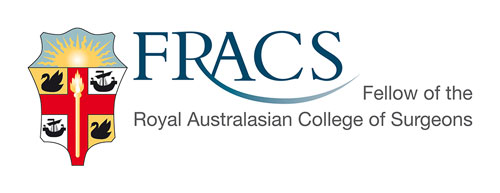SKIN CANCER
Skin cancer is the commonest cancer in both men and women. The common types of skin cancers are:
1. Basal cell carcinoma(BCC) - this typically looks like a shiny nodule. There may be a blood vessel on it. Occassionally it may be ulcerated in the centre(another name for BCC is rodent ulcer). There are variants of this too that may look like a red patch(superficial multicentric form) or thickened scar tissue(cicatricing form). Rarely a BCC may also be pigmented and appear brown or black(Pigmented BCC)
2. Squamous cell carcinoma(SCC) - this can arise from premalignant tumours such asBowen's disease(SCC within the skin itself without any invasion) and solar/actinic keratoses(rough scaly small spots with rim of redness). SCC can also develop in the lips and mouth.(And also in the lungs and oesophagus)
3. Melanoma - types include: Superficial spreading melanoma, nodular melanoma, acral lentiginous melanoma, lentigo maligna melanoma(which arises from a Hutchinson's melanotic freckle), amelanotic melanoma is avariant where the melanoma is not pigmented. Melanomas usually(but not always!) arise from a long-standing mole - so please inform your doctor if there is any change in the appearance in the mole or if the mole gets bigger or becomes raised!!
Differential Diagnosies
1. Seborrhoeic keratoses/wart - usally flat and slightly raised, appear stuck-on. Colour varies from yellowish-brown to dark brown. Some of the darkly pigmented ones may need biopsy to exclude a melanoma
2. Mole (Melanocytic naevus) - this is a common skin lesion due to local excess of the cells that produce melanin. There is usually more than one and most appear from a young age. Need to differentiated from a melanoma. People with atypical mole syndrome(Dysplastic naevus syndrome) are at increased risk of developing melanoma.
3. Lentigo - this develop usually after adolescence. They are usually multiple(hence callded lentigines) and are grey-brown rather than dark.
4. Eczema/Psoriasis - Superficial BCC or Bowen's disease may be appear similar to these lesions!
5. Keratoacanthoma - this is a rapidly growing tumour. It looks like a nodule with a crated in the centre. Even under the microscope, it can look similar to a SCC.
6. Dermatofibroma/Histiocytoma - usually a firm single nodule int he limbs of young adults
7. Keloid - this is excessive scar tissue that forms from a wound/trauma to the skin; Pyogenic granuloma - this occurs in children and young adults, it is reddish and is the shape of a mushroom with a very short neck
8. More rarely : Lymphoma/Leukaemia affection the skin ; metastases to the skin eg breast cancer to the mastectomy/lumpectomy wound; gastro-intestinal tumours to the umbilicus ; malignant fibrous histiocytoma; dermatofibrosarcoma protruberans; Kaposi's sarcoma - this is a cancer that can occur with patients with AIDS. Other variants exist too eg in Africans and elderly Jews(these are not due to HIV/immunosuppression/AIDS)
Treatment
There are many types of skin lesions. Diagnoses usually depends on what the skin lesions look like and the pattern of distribution(if there are multiple similar lesions). Hence it is important to see doctor that is experienced in dermatology/skin cancer.
Occassionally, one cannot be 100% certain of the diagnosis and the lesion needs to be excised and sent for testing. Sometimes a punch biopsy(several mms wide in diameter) can be taken -but this only tells us what the sample was and not the rest of the lesion. This may not be good enough if one wants to exclude skin cancer.
Usually for skin cancers - the lesions need to be excised with a margin of normal skin(there is a risk of microscopic spread around the visible skin cancer). Sometimes the defect may need to be closed with a local flap or a skin graft. Care needs to done in the placement of the incisions for the best possible cosmetic result.
Other treatment options - Cryotherapy(Dr LP Cheah offer this as well in some of his rooms), topical treatment
Notes on the author : Dr LP Cheah has a long-standing interest in dermatology and surgery on the skin. As a 4th year medical student, he won the Herman Lawrence Prize in Dermatology at the University of Melbourne(this prize is open to medical students from the 4th - 6th year and usually won by students in the 6th/final year who aspire to be Dermatologists). He also did his Advanced Study Unit on Melanoma. During his surgical training, he has also trained under plastic surgeons in Australia and UK and is familiar with plastic surgical techniques for the skin(eg local flaps to close defects in face/nose/lip/leg, skin grafts). A significant portion of his current work involves treating skin lesions/cancers.
*BCC and SCC are not included in these statistics
Dermatological Surgery - Melbourne Surgery

